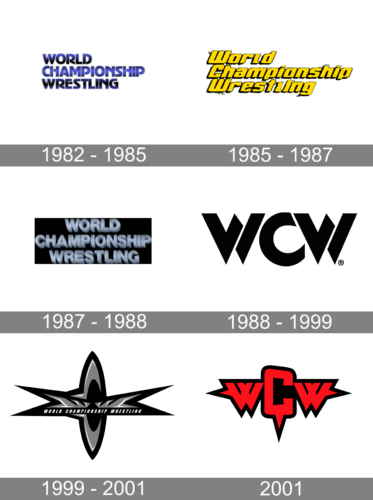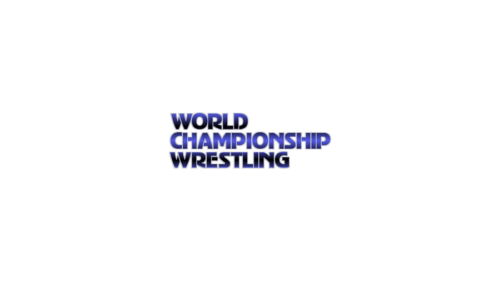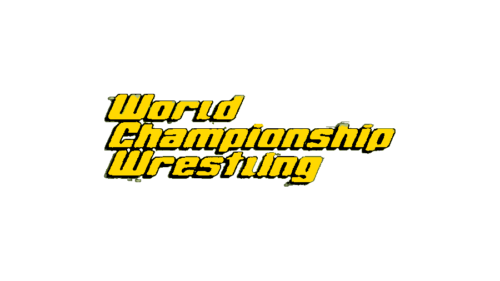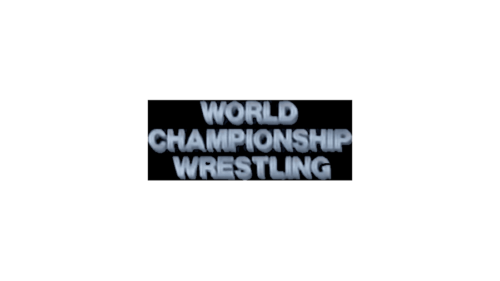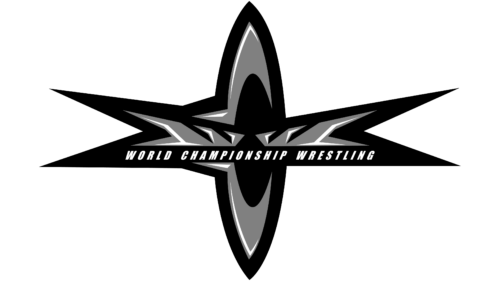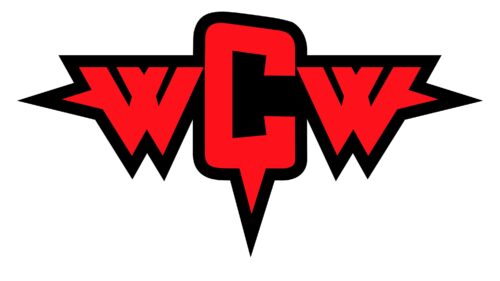WCW was an American professional wrestling promotion, formed from the purchase of Jim Crockett Promotions by Ted Turner and subsequently absorbed into Turner Broadcasting System. Created as a competitor to Vince McMahon’s WWE (then WWF), WCW became a major player in the wrestling world. It was headquartered in Atlanta, Georgia, and gained fame for its televised matches and pay-per-view events, contributing significantly to the popularity of professional wrestling in the 1990s.
Meaning and history
World Championship Wrestling (WCW), born from the acquisition of Jim Crockett Promotions by media titan Ted Turner in 1988, marked a pivotal chapter in professional wrestling. Headquartered in Atlanta, WCW aimed to dethrone WWE (then WWF) from its industry pinnacle. Innovating with programming like Monday Nitro, it ignited the famed Monday Night Wars, capturing audiences with its unique blend of storytelling and in-ring action. Legends such as Sting, Ric Flair, and the nWo faction became household names, symbolizing WCW’s golden era. Despite achieving remarkable success and briefly outperforming WWE in ratings, WCW struggled with internal conflicts and creative direction, leading to a decline in popularity.
In 2001, amidst financial difficulties, WCW’s legacy concluded as WWE acquired it, integrating its rich roster and archives. This transition not only ended the intense rivalry but also unified the wrestling world under WWE’s banner, marking the end of an era that had significantly shaped modern professional wrestling.
What is WCW?
WCW was a trailblazing American wrestling promotion, birthed from the ambitions of media mogul Ted Turner in 1988. It rivaled WWE with iconic clashes and stars, ultimately becoming a cornerstone of 90s wrestling culture before its 2001 acquisition by WWE.
1982 – 1985
The logo displays “World Championship Wrestling” in bold, block letters with a blue gradient fill, giving it a dynamic, three-dimensional appearance. The text is set against a plain white backdrop, emphasizing its prominence and ensuring instant recognition. This design choice reflects the energy and impact of the wrestling promotion it represents.
1985 – 1987
The logo morphs into a striking yellow with a pronounced black shadow, creating a stark contrast and depth. Its slanted orientation adds a sense of motion and excitement, aligning with the high-energy spectacle of wrestling. The color shift from blue to yellow injects vibrancy, symbolizing a fresh, bold era for the brand.
1987 – 1988
This iteration adopts a monochrome palette, lending a classic, timeless vibe. The text is compact, straight-set, and enveloped in a smoky haze, suggesting mystery and the gritty nature of wrestling. It’s a stark departure from the previous vibrant yellow, possibly aiming for a more serious and raw presentation.
1988 – 1999
The logo now sports a crisp, bold, black-and-white design with the acronym “WCW” in sharp, angular letters, showcasing a modern and streamlined look. The design abandons the previous full name, opting for a simplified, more graphic representation. This minimalist approach indicates a rebranding strategy, focusing on strong visual impact and easy recognition.
1999 – 2001
The new logo leaps into a dynamic star shape, with “World Championship Wrestling” wrapping within its sharp angles. The design choice of black and silver gradients adds a metallic, cutting-edge feel, reflecting a more contemporary and aggressive branding direction. This design breaks from the simpler previous text-based logos, propelling the brand into a new era with a visually impactful motif.
2001
The logo has transformed again, this time featuring a bold red and black color scheme, which energizes the sharp, lightning bolt-like design elements. The letters “WCW” are encapsulated in a singular, central black shape, providing a stark contrast to the red. The angular, aggressive lines suggest action and drama, resonating with the intense atmosphere of wrestling entertainment. This design is a marked shift from the previous star motif, opting for a simpler yet striking visual punch.



